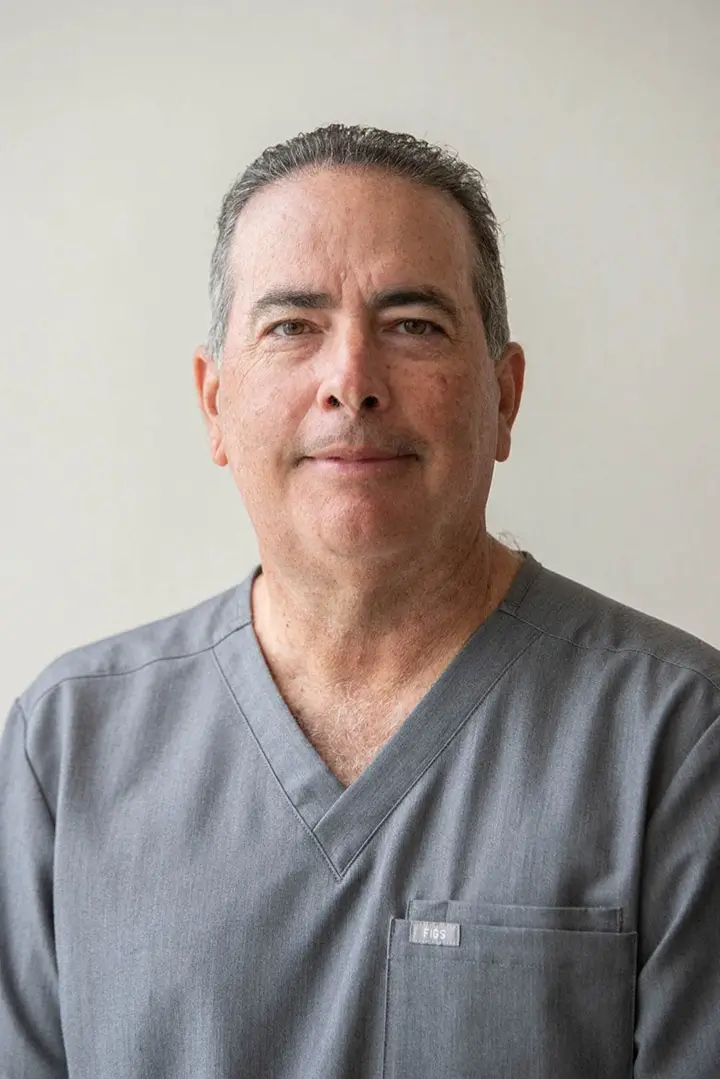A dramatic stem cell discovery has been made in Wichita, Kansas, that could potentially influence the balance of stem cell research and treatment as we know it today.
Dr. Xiaolong Meng of the Bio-Communications Research Institute has discovered that at least nine different types of human tissue can be developed from adult stem cells harvested from women’s menstrual fluid.
Meng said that, “ERC cells can be converted into basically all the major tissues of the body, including the liver, lung, pancreas, brain, heart, blood vessel, and muscle. Additionally, these cells produce 100,000 times the number of growth factors found in cord blood, opening the door to numerous regenerative applications.”
The finding is particularly promising given the controversial climate surrounding embryonic stem cells. The menstrual blood stem cells, which have been named Endometrial Regenerative Cells (ERC), are a type of adult stem cell and non-controversial. Additionally, not only were adult stem cell markers present in the cells, but a few embryonic markers were observed as well, particularly, the “master” marker Oct-4.
Adult stem cells are found in abundance in the endometrium, or uterine lining. But despite the rich source, actually harvesting the cells is a similar process as is involved with other sources such as bone marrow: the process is invasive. However, Meng’s discovery has opened a new door in stem cell research and treatment since menstrual blood contains these same endometrial stem cells.
Dr. Meng collaborated with Medistem Laboratories, Inc. (OTC BB:MDSM.OB – News) (Frankfurt:S2U.F – News in making the discovery. Their paper which is titled, “Endometrial Regenerative Cells: A Novel Stem Cell Population”, has been published in the Journal of Translational Medicine. The paper can be viewed at www.translational-medicine.com/content/5/1/57
Medistem Laboratories, Inc. own the intellectual property rights to the discovery.
“The ability to take a cell and differentiate it into the tissue type needed by the body creates a world of opportunity in the world of organ and tissue regeneration,” said Neil Riordan, PhD, President and CEO of Medistem. He added, “With IP filed around the cell line, we have begun taking the next steps in the commercialization process. Currently, our collaborators at Western Ontario, Alberta, and the Bio-Communications Research Institute are doing a series of pre-clinical studies to establish efficacy data in a variety of indications. The indications currently being assessed include diabetes, liver cirrhosis, lung fibrosis, organ rejection, and multiple sclerosis. Should the data gathered prove strong in one or all the indications the next step will be to file INDs with the FDA and move into clinical trials,” said Riordan.
Using the stem cells for future applications in the field of regenerative medicine is the hope for researchers. The outlook is promising once the cells are cultured in large scale.
“If there is a part of the heart that is damaged, that is dead, you can inject some of the stem cell, which will repair the damaged part,” Dr. Meng said. “Then you have whole new heart again.”

